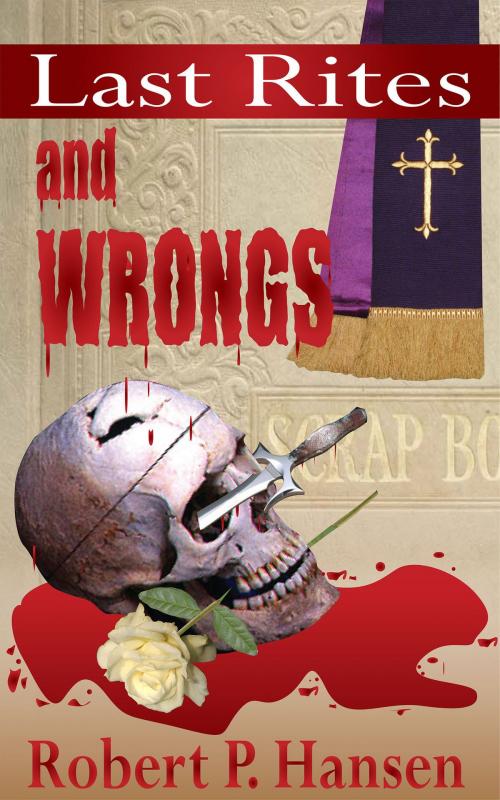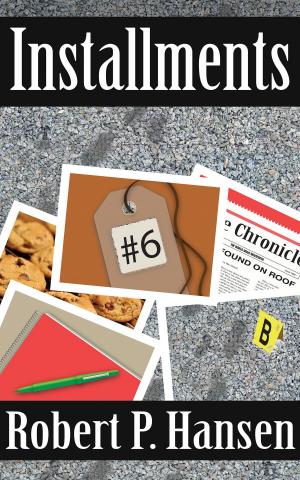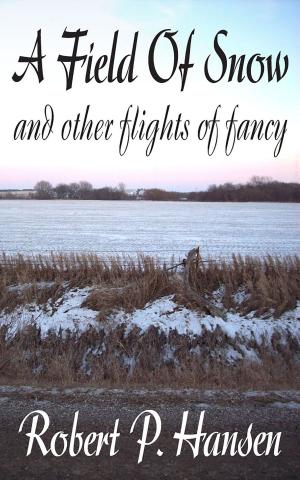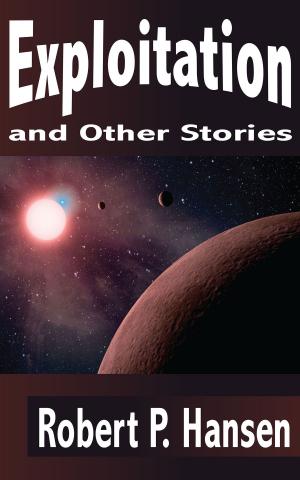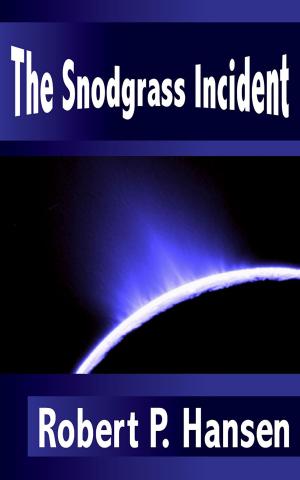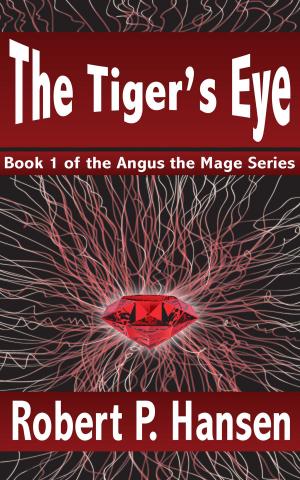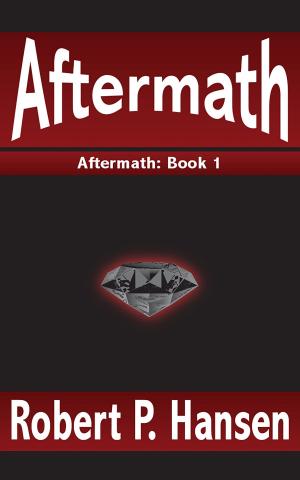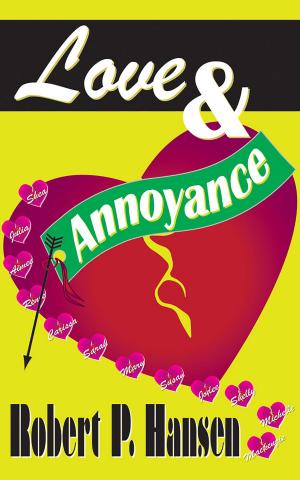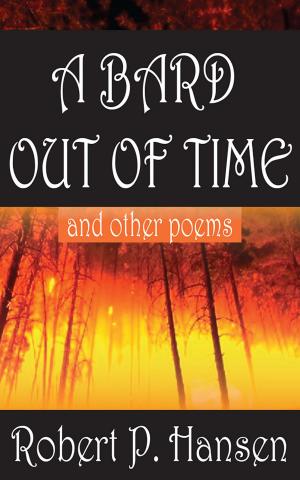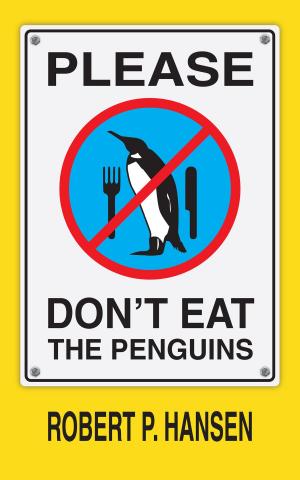| Author: | Robert P. Hansen | ISBN: | 9781311670823 |
| Publisher: | Robert P. Hansen | Publication: | July 12, 2014 |
| Imprint: | Smashwords Edition | Language: | English |
| Author: | Robert P. Hansen |
| ISBN: | 9781311670823 |
| Publisher: | Robert P. Hansen |
| Publication: | July 12, 2014 |
| Imprint: | Smashwords Edition |
| Language: | English |
The following collection of stories and poetry explores the nether regions of the human psyche, that dismal, lonely place where morality takes a left turn into thanatos, the Freudian instinct toward death and destruction. Some of the works shy away from its borders like a swimmer dipping a toe in the pool to test the water, while others plunge willy-nilly into its abyssal depths, embracing it with the perverse satisfaction of a carefree cannonball from the highest diving platform. So, where did all this death and destruction come from? I was definitely influenced by Edgar Allan Poe, the poetry of Ai, the films of Hitchcock, and many others who have braved these wretched waters. But writing the poems was also cathartic.
For Aristotle, catharsis occurs when Greek tragedy provides the audience with an opportunity to experience, through a vicarious empathic connection with the actors and chorus on the stage, the release of emotions that would be destructive to society. These poems provide us with an outlet for experiencing negative emotions in a non-threatening environment without the risks that would occur if we actually expressed them in society. A similar phenomenon is used today as a form of psychotherapy: art therapy.
Art therapy is fairly simple: express through art (painting, writing, etc.) those things that are too painful or horrific to confront in the more traditional psychotherapeutic manner. It is indirect. It is utterly personal. It is a conversation with oneself about oneself. Freud would call it sublimation, redirecting the primal urges of the id into a socially acceptable form. By using art to explore and express emotions and memories, the patient can regain mental equilibrium. Writing is the medium that works best for me, and many of the poems in this collection have helped me to confront a number of troublesome issues from my past.
The poems are loosely organized around six themes, the first of which revolves around war and its aftermath, both for society and for soldiers.
Part 2 is the most controversial section of this collection, since many of the poems are persona poems. Persona poems are written in first person and many readers mistakenly assume the poem is about the poet. However, the poems in this section are not about me; I have never killed anyone nor do I condone killing. Violence is the most non-productive aspect of human nature, and in writing these persona poems, I allowed myself to explore the vile urges that (almost?) everyone has had at one time or another without acting on them. For a brief time, I adopted a vicious persona and wrote a poem from that persona’s perspective. It’s called role playing, which has also been used in psychotherapy to help develop empathy by providing insight into what it is like to be someone else.
The central topic of Part 3 is abuse of various forms, some of which stem from my own experiences. I’ll leave it at that.…
Part 4 is, as its title suggests, disturbing—at least to others. For the individuals involved in various forms of sexual deviance, it may not be disturbing at all. And what about suicide? I have contemplated doing it once, but irony saved me. I was going to use a survival knife.…
Part 5 is all about the death of others, particularly the death of loved ones. We have ceremonies and funerals. We have stages of grief. We detach ourselves from it. We indulge ourselves in it. We seek sympathy. I write morbid poetry.
Part 6 is rather benign in this context, since it deals primarily with the interaction between humans and nature, particularly when it ends in death -- which is perhaps the most natural of all events. Think of these poems as the anticlimax, one that allows the reader’s emotions to dwindle down to silence. Catharsis.
The following collection of stories and poetry explores the nether regions of the human psyche, that dismal, lonely place where morality takes a left turn into thanatos, the Freudian instinct toward death and destruction. Some of the works shy away from its borders like a swimmer dipping a toe in the pool to test the water, while others plunge willy-nilly into its abyssal depths, embracing it with the perverse satisfaction of a carefree cannonball from the highest diving platform. So, where did all this death and destruction come from? I was definitely influenced by Edgar Allan Poe, the poetry of Ai, the films of Hitchcock, and many others who have braved these wretched waters. But writing the poems was also cathartic.
For Aristotle, catharsis occurs when Greek tragedy provides the audience with an opportunity to experience, through a vicarious empathic connection with the actors and chorus on the stage, the release of emotions that would be destructive to society. These poems provide us with an outlet for experiencing negative emotions in a non-threatening environment without the risks that would occur if we actually expressed them in society. A similar phenomenon is used today as a form of psychotherapy: art therapy.
Art therapy is fairly simple: express through art (painting, writing, etc.) those things that are too painful or horrific to confront in the more traditional psychotherapeutic manner. It is indirect. It is utterly personal. It is a conversation with oneself about oneself. Freud would call it sublimation, redirecting the primal urges of the id into a socially acceptable form. By using art to explore and express emotions and memories, the patient can regain mental equilibrium. Writing is the medium that works best for me, and many of the poems in this collection have helped me to confront a number of troublesome issues from my past.
The poems are loosely organized around six themes, the first of which revolves around war and its aftermath, both for society and for soldiers.
Part 2 is the most controversial section of this collection, since many of the poems are persona poems. Persona poems are written in first person and many readers mistakenly assume the poem is about the poet. However, the poems in this section are not about me; I have never killed anyone nor do I condone killing. Violence is the most non-productive aspect of human nature, and in writing these persona poems, I allowed myself to explore the vile urges that (almost?) everyone has had at one time or another without acting on them. For a brief time, I adopted a vicious persona and wrote a poem from that persona’s perspective. It’s called role playing, which has also been used in psychotherapy to help develop empathy by providing insight into what it is like to be someone else.
The central topic of Part 3 is abuse of various forms, some of which stem from my own experiences. I’ll leave it at that.…
Part 4 is, as its title suggests, disturbing—at least to others. For the individuals involved in various forms of sexual deviance, it may not be disturbing at all. And what about suicide? I have contemplated doing it once, but irony saved me. I was going to use a survival knife.…
Part 5 is all about the death of others, particularly the death of loved ones. We have ceremonies and funerals. We have stages of grief. We detach ourselves from it. We indulge ourselves in it. We seek sympathy. I write morbid poetry.
Part 6 is rather benign in this context, since it deals primarily with the interaction between humans and nature, particularly when it ends in death -- which is perhaps the most natural of all events. Think of these poems as the anticlimax, one that allows the reader’s emotions to dwindle down to silence. Catharsis.
